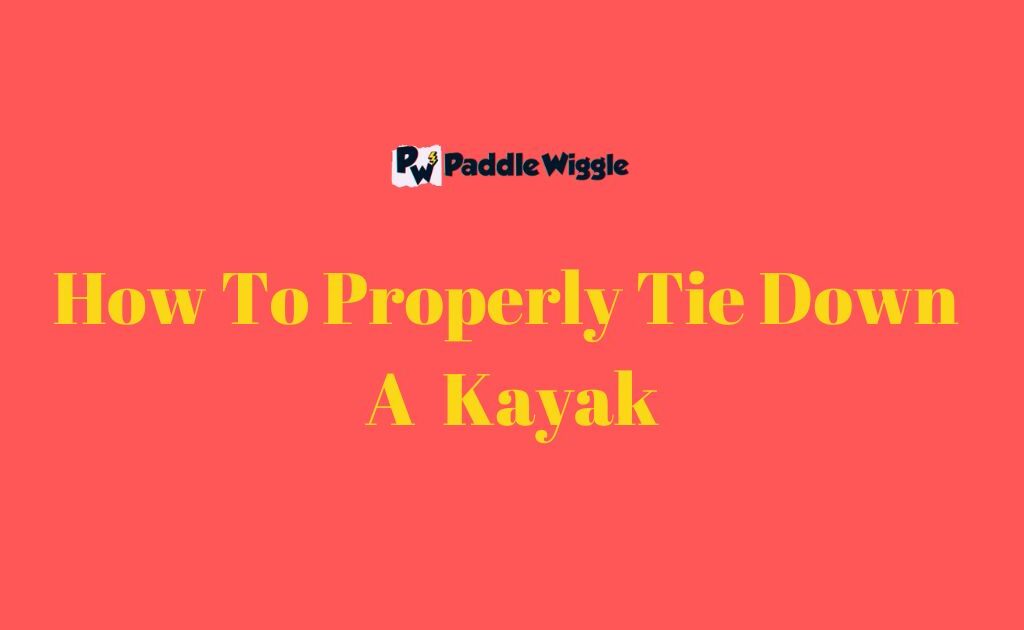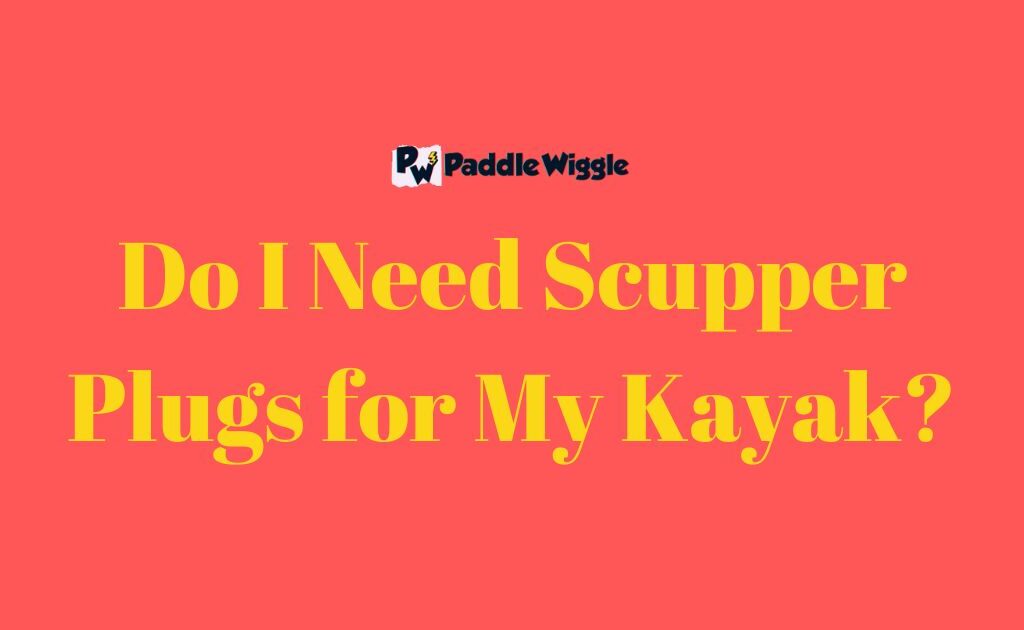When planning an adventure on the water, choosing the right type of vessel can significantly impact your experience. A canoe is typically open on top and paddled, while a pirogue is usually a flat-bottomed, dugout boat. Canoes and pirogues serve different purposes and environments.
Canoes, often used in rivers and lakes, are versatile and lightweight. Pirogues, common in marshy or shallow waters, offer stability and are usually crafted from a single tree trunk. Canoes are ideal for recreational activities like paddling and fishing. Pirogues excel in navigating swampy areas and transporting goods.
Both boats have cultural significance and historical roots in various regions. Understanding their unique features helps in choosing the right one for specific needs.
This guide will explain the main differences between canoes and pirogues, helping you choose the one that’s best for your adventure.
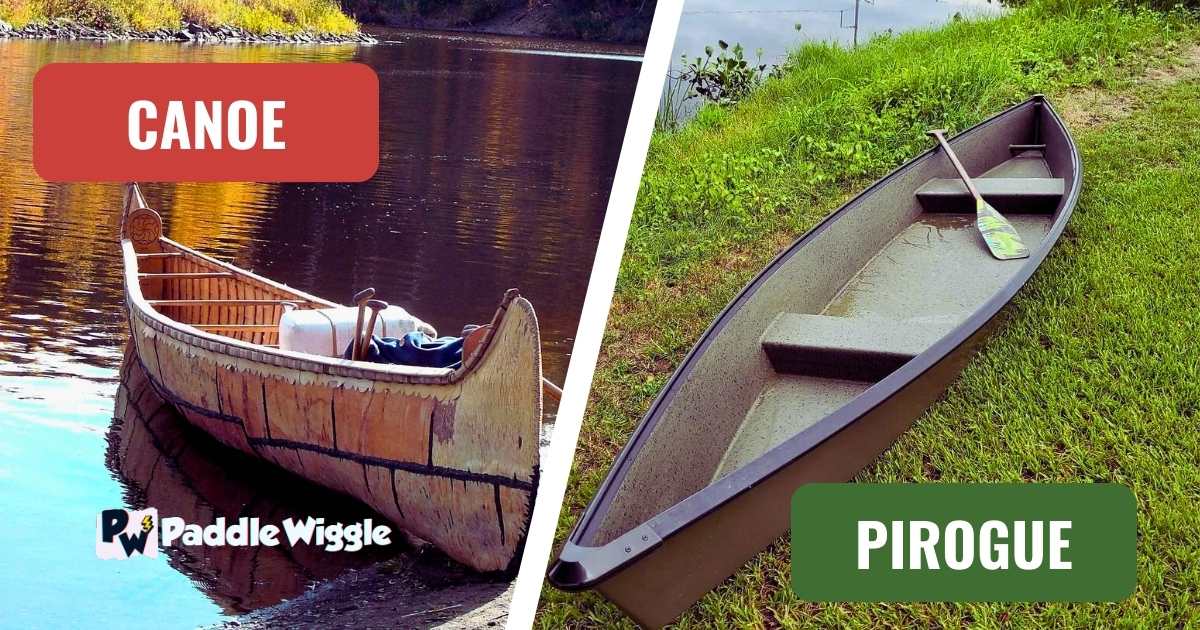
Contents
What Are The Difference Between Canoes And Pirogues?
Canoes and pirogues are popular small boats used worldwide. But what are the differences between canoes and pirogues? Let’s explore the unique features and uses of these two vessels.
Canoes vs Pirogues: Shape And Design
Canoes have a sleek, open-top design. Their pointed ends help them glide smoothly on water. Pirogues are flatter and have one or both ends squared off. This makes them more stable in shallow waters.
Materials Used
Canoes are often made from lightweight materials like aluminum, fiberglass, or plastic. This makes them easy to carry and durable. Pirogues are traditionally crafted from wood, especially cypress. This gives them a rustic and authentic look.
Seating Arrangements
In a canoe, paddlers sit on benches or kneel on the bottom. This provides more room for cargo and passengers. In a pirogue, paddlers typically sit on the bottom or on low seats. This makes the boat more stable in shallow waters.
Paddling Style
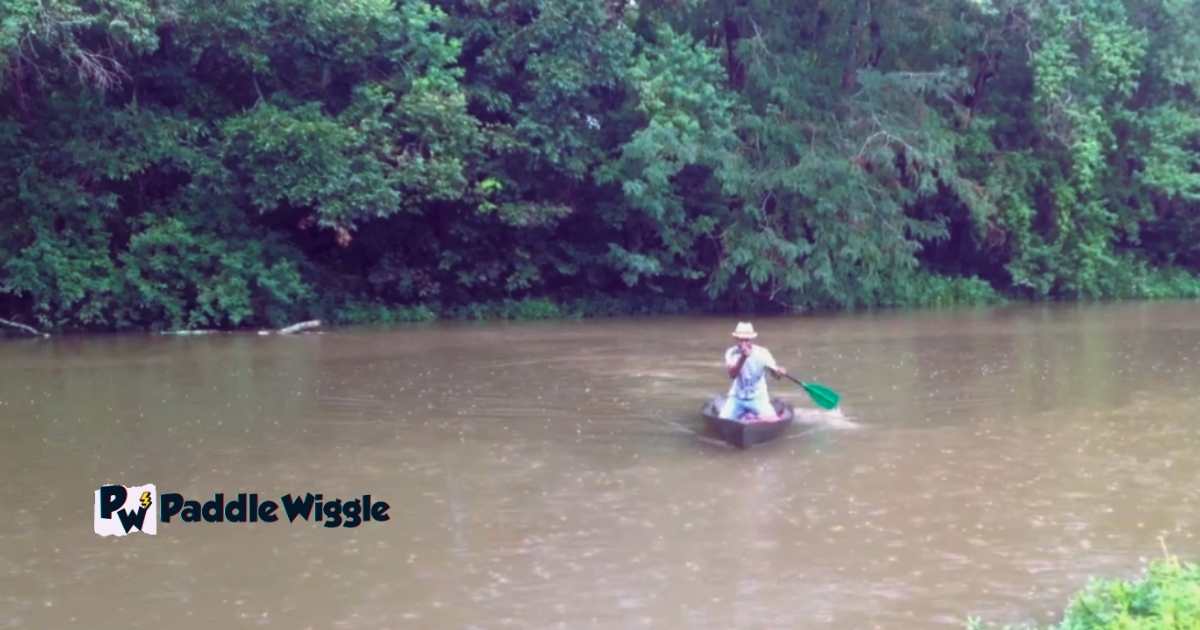

Canoe paddles have a single blade. Paddlers alternate sides to steer and move forward. Pirogue paddles can be single or double-bladed. This allows for more versatile paddling techniques.
Uses And Regions
The historical and cultural contexts of these boats differ. Canoes are widely used in North America. They are great for lakes and rivers. Pirogues are common in the bayous of Louisiana. They are ideal for navigating shallow, swampy waters.
Table Comparison
| Feature | Canoe | Pirogue |
| Shape | Sleek, pointed ends | Flat, squared-off ends |
| Materials | Aluminum, fiberglass, plastic | Wood (cypress) |
| Seating | Benches or kneeling | Low seats or on bottom |
| Paddles | Single-bladed | Single or double-bladed |
| Regions | North America | Louisiana bayous |
History And Origin Of Canoes And Pirogues
The canoe and the pirogue are both fascinating watercraft with rich histories. They have played significant roles in transportation, exploration, and culture. Understanding their history and origin reveals how these vessels have shaped human life around the world.
History And Origin Of Canoes
The history of canoe dates back thousands of years. The earliest canoes were made by indigenous peoples across the globe. They used tree trunks and animal skins to create these vessels. In North America, Native Americans crafted canoes from birch bark. These canoes were lightweight yet durable.
In Polynesia, canoes were essential for island hopping. They built large, ocean-going canoes called outrigger canoes. These could withstand rough seas. European explorers later adopted the canoe design. It helped them navigate rivers and lakes during their explorations.
History And Origin Of Pirogues
The history of pirogue is equally intriguing. The pirogue has origins in Africa, Asia, and the Americas. The term “pirogue” comes from the Caribbean and Louisiana. It refers to a small, flat-bottomed boat.
In Africa, pirogues were used for fishing and transport. They were typically carved from a single tree trunk. This made them sturdy and reliable. In Louisiana, the pirogue became a staple for navigating the swamps. Its flat bottom allowed for easy travel through shallow waters.
Comparison Table Of Canoes And Pirogues
| Feature | Canoe | Pirogue |
| Origin | Global, with significant contributions from North America and Polynesia | Africa, Caribbean, Louisiana |
| Material | Birch bark, tree trunks, animal skins | Single tree trunk |
| Design | Varies, often with pointed ends and lightweight | Flat-bottomed, stable |
| Usage | Transportation, exploration, fishing | Fishing, swamp navigation, transportation |
Design And Construction Differences: Canoe Vs Pirogue (How Do They Differ)
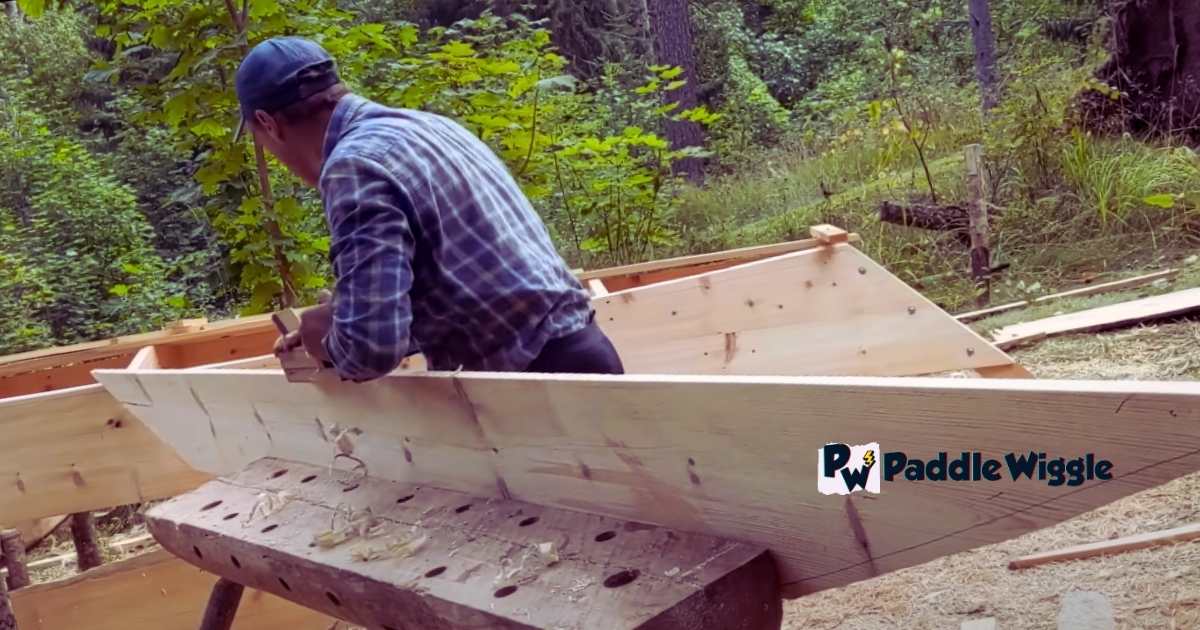

Canoe Vs Pirogue: both are popular choices for water adventures, but they have distinct design and construction differences. Understanding these differences helps in making an informed choice. Let’s dive into the features that set them apart.
Hull Design
The canoe features a symmetrical hull design that tapers at both ends. This design enhances stability and allows easy navigation through various water conditions. Canoes often have a rounded or flat bottom.
In contrast, the pirogue has a flat-bottom hull. This design makes it ideal for shallow waters. The pirogue’s hull is typically narrower and more streamlined than a canoe’s, which helps in maneuverability in tight spaces.
Materials Used
Canoes are usually made from fiberglass, aluminum, or wood. These materials offer durability and strength, making them suitable for long journeys.


Pirogues are traditionally crafted from wood but can also be found in fiberglass or metal. The construction materials influence the pirogue’s weight and durability. Wooden pirogues are lighter and easier to handle.
Seating Arrangement
In a canoe, seats are positioned above the hull. Paddlers sit on benches or seats, which allows a comfortable paddling position. Canoes typically accommodate more than one paddler, making them ideal for group excursions.
The pirogue has a simpler seating arrangement. Paddlers usually sit on the floor of the boat or on low benches. This seating style keeps the center of gravity low, enhancing stability in shallow waters.
Design And Construction Table
| Feature | Canoe | Pirogue |
| Hull Design | Symmetrical, rounded or flat bottom | Flat-bottom, narrow, streamlined |
| Materials Used | Fiberglass, aluminum, wood | Wood, fiberglass, metal |
| Seating Arrangement | Benches or seats above the hull | Floor or low benches |
Purpose And Usage
Canoes are versatile and used for recreational paddling, fishing, and long expeditions. Their design caters to different water conditions, from calm lakes to flowing rivers.
Pirogues are best suited for shallow, calm waters like swamps and marshes. They are popular in regions where navigating through narrow waterways is essential.
Understanding the design and construction differences between a canoe and a pirogue helps you choose the right vessel for your adventure.
When To Use A Canoe Or Pirogue?
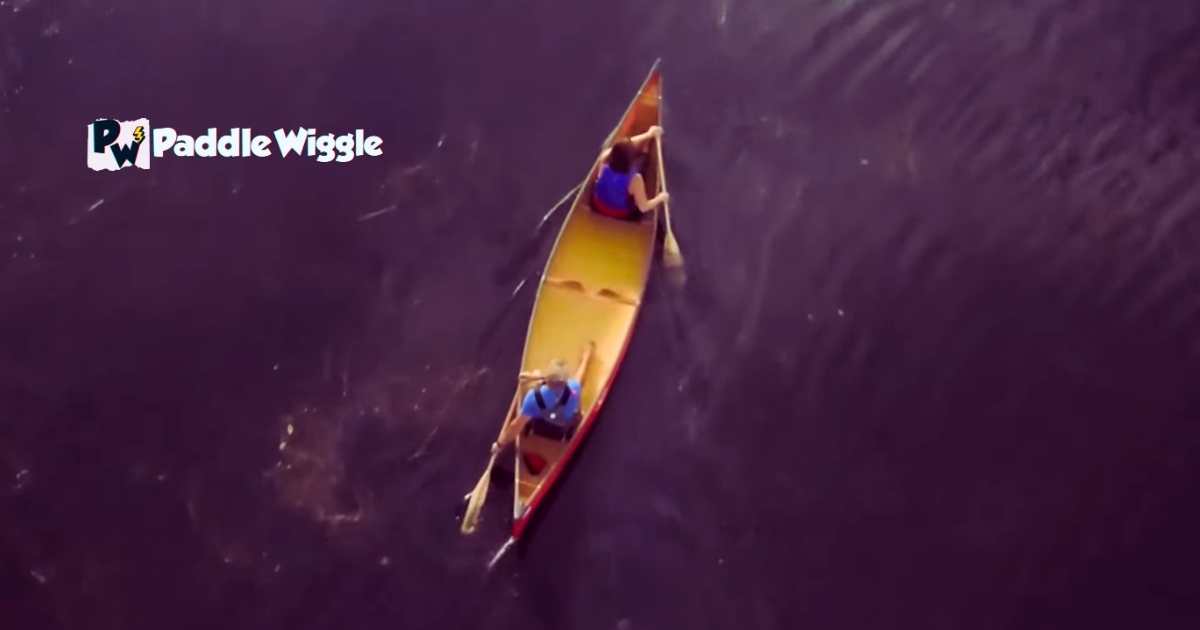

Choosing between a canoe and a pirogue can be tricky. Both have unique designs and functionalities. This blog post explores the best use cases for each. Let’s learn how canoes and pirogues are used in different environments, such as rivers, lakes, swamps, or coastal waters. And discover their suitability for various activities like fishing, hunting, or transportation.
Best Use Of Canoes – Activity, Water Body, Etc.
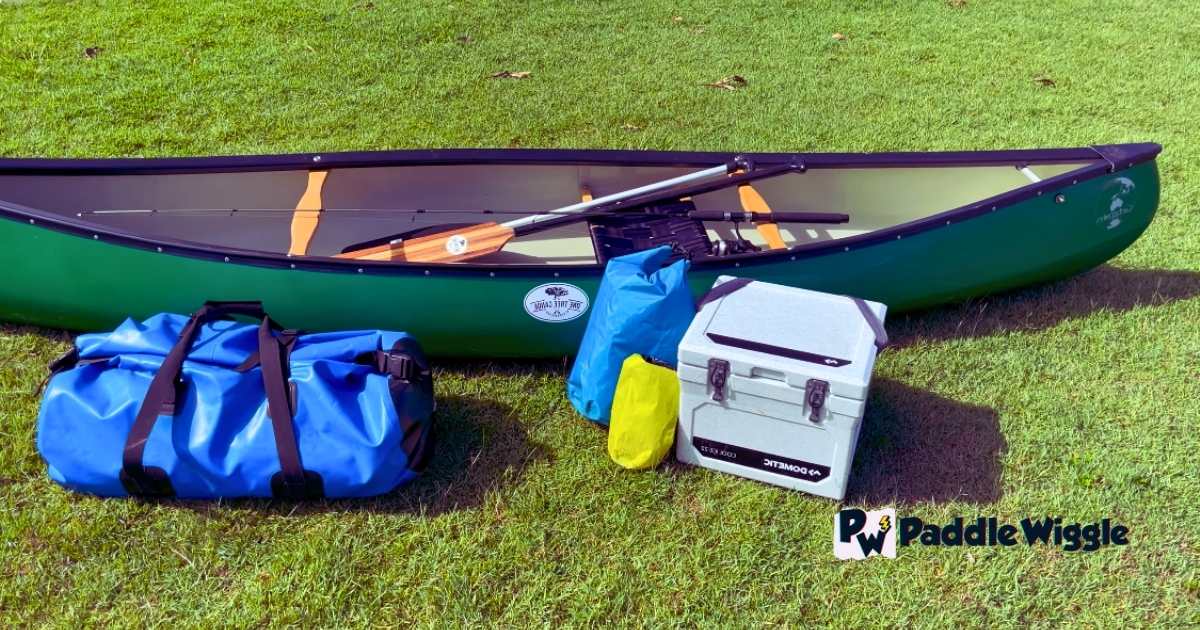

Canoes are versatile and ideal for a wide range of activities. Their lightweight design makes them perfect for paddling on calm lakes and slow-moving rivers. Here are some common uses:
- Recreational Paddling: Canoes are great for leisurely trips. Enjoy a serene day on the water.
- Fishing: Canoes offer stability and space for fishing gear. Ideal for freshwater lakes and ponds.
- Camping Trips: Their storage capacity makes them perfect for carrying camping gear.
- Wildlife Watching: Canoes allow you to silently glide through waters, making them perfect for spotting wildlife.
Canoes perform best in flatwater conditions. They can handle minor waves but are not ideal for rough waters. Here’s a quick comparison:
| Activity | Best Water Body |
| Recreational Paddling | Calm Lakes, Slow Rivers |
| Fishing | Freshwater Lakes, Ponds |
| Camping Trips | Rivers, Lakes |
| Wildlife Watching | Swamps, Lakes |
Best Use Of Pirogue – Activity, Water Body, Etc.
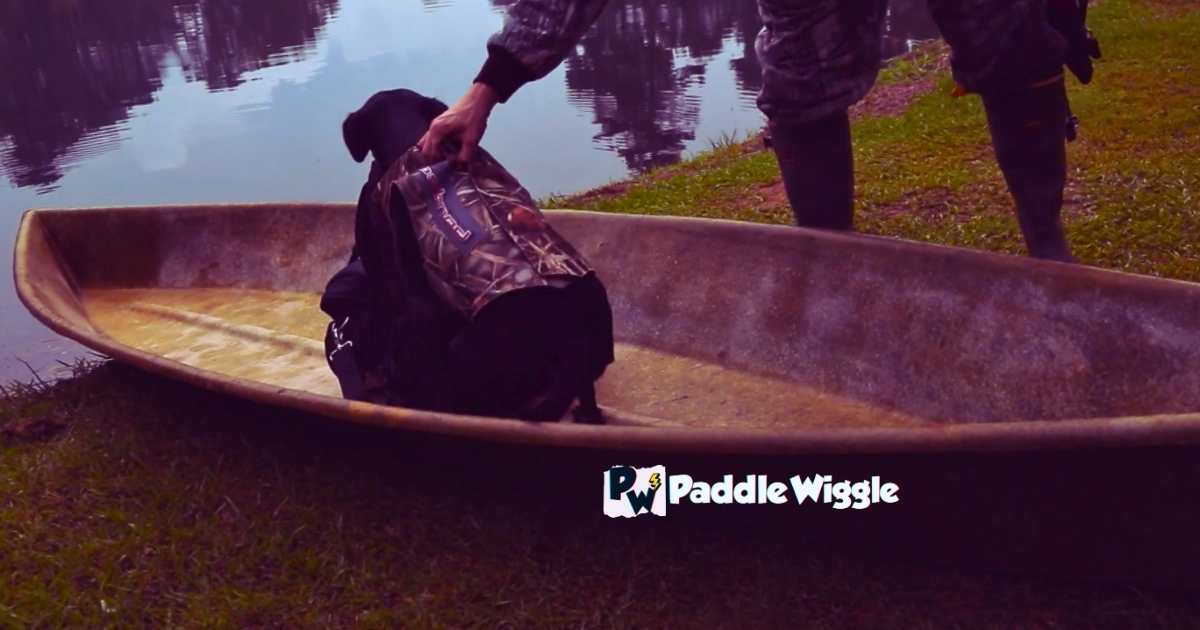

Pirogues are designed for shallow waters and are often used in swamps and marshes. Their flat-bottom design provides excellent stability. Here are some common uses:
- Fishing: Pirogues are great for fishing in shallow waters. Their stability makes them perfect for casting.
- Hunting: Their silent gliding helps hunters move through swamps and marshes.
- Transportation: Pirogues are traditionally used for transporting goods in swampy areas.
- Exploration: Perfect for exploring narrow waterways and hidden channels.
Pirogues perform best in shallow and calm waters. They are not suitable for rough or deep waters. Here’s a quick comparison:
| Activity | Best Water Body |
| Fishing | Swamps, Marshes |
| Hunting | Swamps, Marshes |
| Transportation | Shallow Waters |
| Exploration | Narrow Waterways |
Which One Is More Maneuverable – Canoe Or Pirogue?
Choosing between a canoe and a pirogue can be challenging, especially when deciding which one is more maneuverable. Both are traditional boats with unique characteristics. Understanding their stability and ability to navigate through waters can help in making an informed decision.
Stability And Maneuverability Of A Canoe
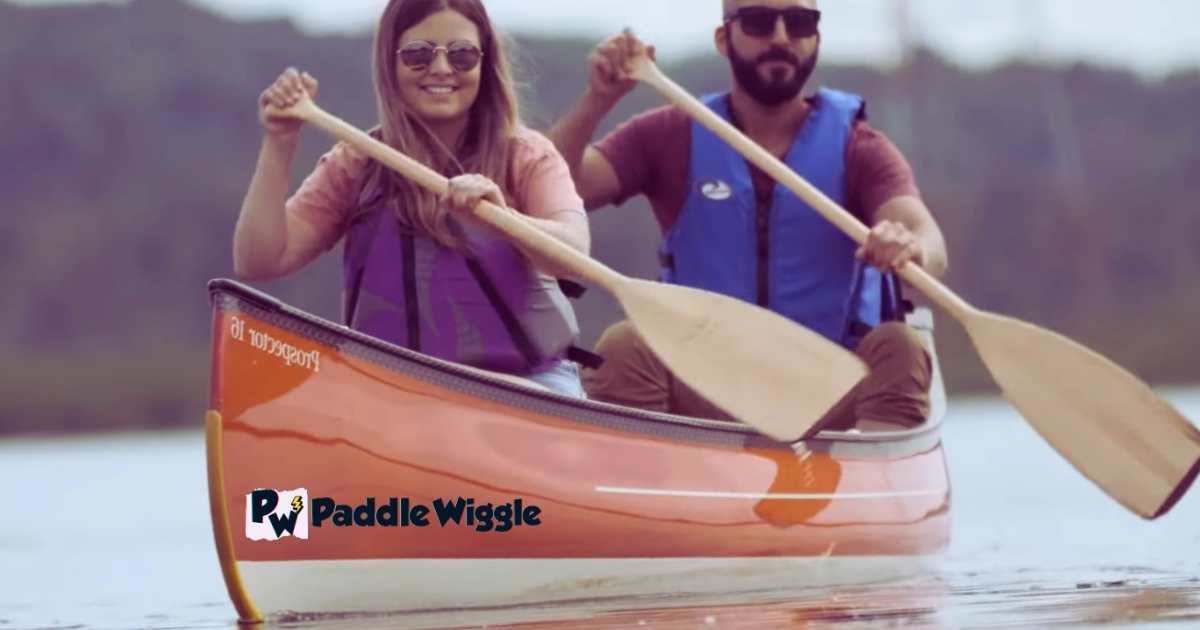

A canoe is designed to offer a balance between stability and maneuverability. Canoes have a wide, open design that allows them to remain steady on calm waters. Maneuvering a canoe can be easy with the right technique.
Key features affecting a canoe’s maneuverability:
- Hull Shape: The rounded or flat hulls make canoes easy to turn.
- Weight Distribution: Proper weight distribution helps in better control.
- Paddling Technique: Efficient paddling aids in smooth navigation.
Canoes can be steered effectively with the use of a single-bladed paddle. They are ideal for calm lakes and slow-moving rivers. Below is a table illustrating the pros and cons of canoe maneuverability:
| Pros | Cons |
| Easy to control with paddles | Can be harder to maneuver in fast currents |
| Stable in calm waters | Requires skill for tight turns |
Stability And Maneuverability Of A Pirogue
The pirogue is another traditional boat known for its simplicity and maneuverability. Unlike canoes, pirogues have a flat-bottomed design. This makes them highly maneuverable in shallow waters.
Key features affecting a pirogue’s maneuverability:
- Flat Bottom: Enhances stability in shallow areas.
- Narrow Design: Makes it easy to navigate through tight spaces.
- Lightweight: Easier to control and steer.
Pirogues are typically steered using a paddle or pole. They are great for marshes, swamps, and narrow streams. Below is a table illustrating the pros and cons of pirogue maneuverability:
| Pros | Cons |
| It can be challenging in deep or rough waters | Less stable in open waters |
| Easy to navigate in tight spaces | Can be challenging in deep or rough waters |
Both canoes and pirogues offer unique advantages in terms of maneuverability. The choice depends on the type of water and personal preference.
Frequently Asked Questions
Is A Pirogue A Canoe?
A pirogue is similar to a canoe but has distinct features. It’s often flat-bottomed and used in shallow waters.
What Do Cajuns Call A Canoe?
Cajuns call a canoe a “pirogue. ” This traditional boat is flat-bottomed and ideal for navigating shallow waters.
How Stable Are Pirogues?
Pirogues are moderately stable on calm waters. Stability decreases in rough conditions or with uneven weight distribution. Proper balance and cautious movement enhance stability.
Final Words
Choosing between a canoe and a pirogue depends on your needs and preferences. Both offer unique benefits for different water activities. Canoes are versatile and stable, while pirogues provide a traditional, sleek experience. So, consider your environment and usage to make the best choice for your adventures.

